Brief History of Robeson County
Robeson County, formed in 1787 from Bladen County, is named in honor of Colonel Thomas Robeson. Colonel Thomas Robeson served as one of the leaders in the Revolutionary War at the Battle of Elizabethtown. During this battle the Tories in the southeastern part of North Carolina were crushed by the patriots.
Colonel Thomas Robeson lived at Tar Heel. His descendants still occupy some of his original property.
Colonel Thomas Robeson's grave was marked by the Daughters of the American Revolution in the early 1900s.
Lumberton, the county seat, was established contrary to other published information prior to 1788. The act that incorporated Lumberton in 1788 mentioned that a "town had already been established".
At the time Lumberton was incorporated the section of the Lumber River on which Lumberton is located was known as the "Drowning Creek", a name by which portions of the river are still known.
The name "Lumberton" was proposed by John Willis.
The first Robeson County courthouse was erected on land which previously part of the "Red Bluff Plantation" which was owned by John Willis.
The official language of Robeson County was Gaelic.
Robeson County's first post office was established in 1794.
Anglos who settled from the Scottish Highlands in the early 1730s found the local American Indians, descendants of the Tuscarora, Cherokee, Cheraw and remnants of other tribes speaking English. They also found a group of both freed and runaway slaves living in the area. Today, Robeson County is home to the Tuscarora and Lumbee Tribes. According to the 2000 Census, Robeson County has the ninth largest population of American Indians in the United States. Robeson County is a true multi-racial county.
National Register of Historic Places listings in Robeson County, North Carolina
Oldmain
Town of Pembroke
Lumberton
Pembroke
Maxton

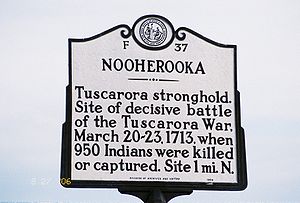
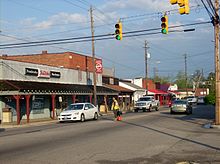
Lumber River
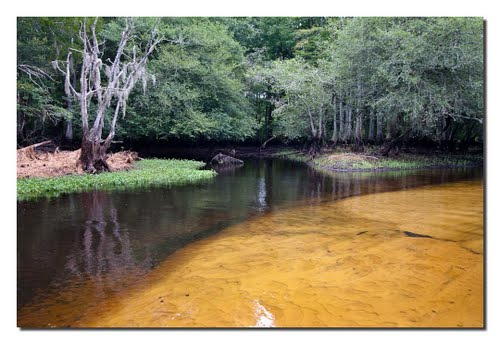
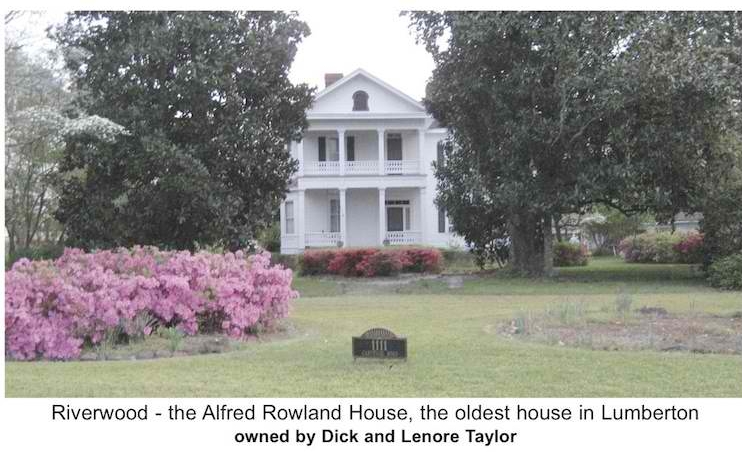

Fairmont
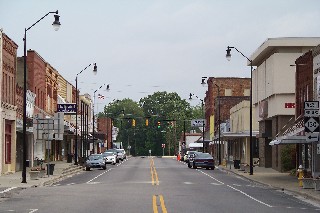
St. Pauls
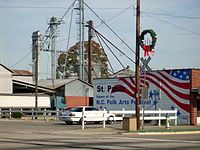
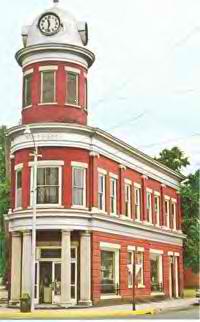
Orrum

